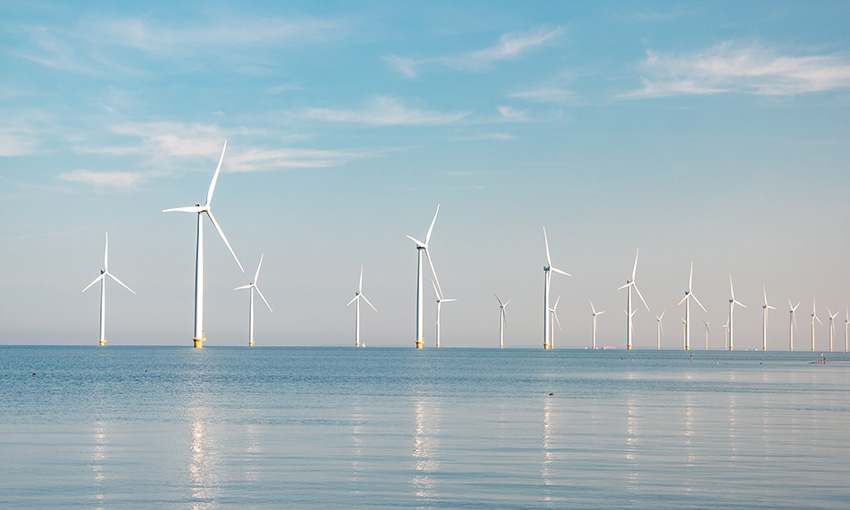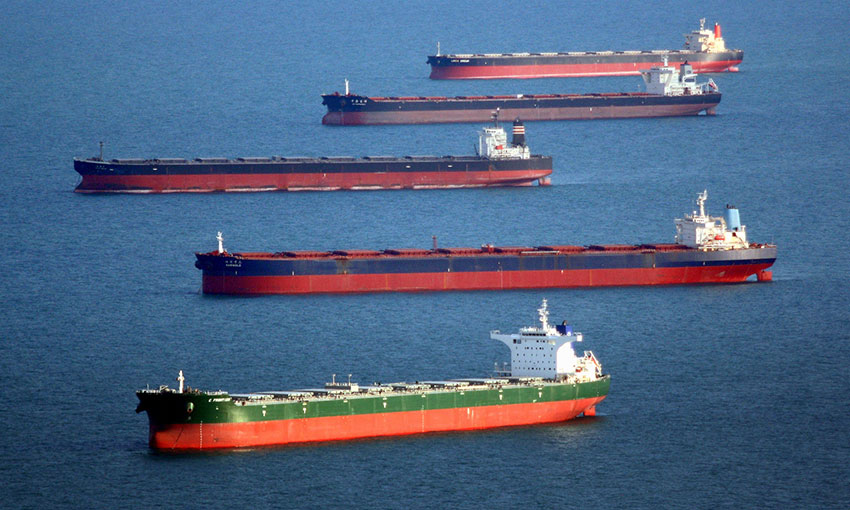AUSTRALIA’S blue economy grew through the pandemic despite of issues such as port delays and an inactive cruise industry, according to the Australian Institute of Marine Science.
The organisation released the AIMS Index of Marine Industry 2023 this week. The report assesses the contribution of Australia’s marine sector to the national economy.
It examines a range of sub-sectors including shipbuilding and repair, dredging, the Australian Maritime Safety Authority, oil exploration and LPG.
The index found the marine industry had a total output of $118.5 billion and supported 462,000 full time equivalent jobs (direct and indirect).
The output is $37.3 billion greater than that reported in the previous index, but AIMS attributed the increase to four new subsectors (including offshore wind) which together generated $31.4 billion.
“The pandemic resulted in a range of economic anomalies for the sector, with losses largely offset by increases in output from the offshore gas industry,” AIMS CEO Paul Hardisty said.
“Despite setbacks, the index shows the marine industry’s significant contribution to Australia’s economic wealth,” he said.
“Scientific research, done by agencies such as AIMS, provides the knowledge that protects our ocean ecosystems and underpins the sustainable recovery and growth of many of these marine industry sub sectors.”
AIMS said Western Australia emerged as a blue economy powerhouse in the 2023 index because of its offshore resources-driven economy.
Output from the marine industry in WA makes up almost half (46%) of the total national marine industry output in 2020-21, at $54.7 billion.
Its offshore natural gas production comprised 68% of the state’s marine economic output.
AIMS said adapting to climate change and technology improvements could change the composition of the marine industry, with the inclusion of new sub sectors like offshore renewable energy, sustainable aquacultural practices and biproducts that reduce ocean pollution in the future.
It said Australia is already starting down this pathway, with its first offshore wind development zone announced in late 2022.
“These new sub sectors will offer opportunities to Australia as we learn how best to harness the country’s ample renewable energy resources,” Dr Hardisty said.
“There is potential for new ocean industries to create wealth and prosperity for the nation. But the consequences of climate change are causing a declining trend for the marine environment due to ocean warming and sea level rise and could introduce more risk for the marine industry.
“Scientific research, under this volatile future, can guide efforts to grow new blue carbon sub sectors and steer existing ones to be more viable.”
The 2023 AIMS Index of Marine Industry is the ninth edition. It was first developed in 2008 to help AIMS communicate the value of the marine industry to Australia.


